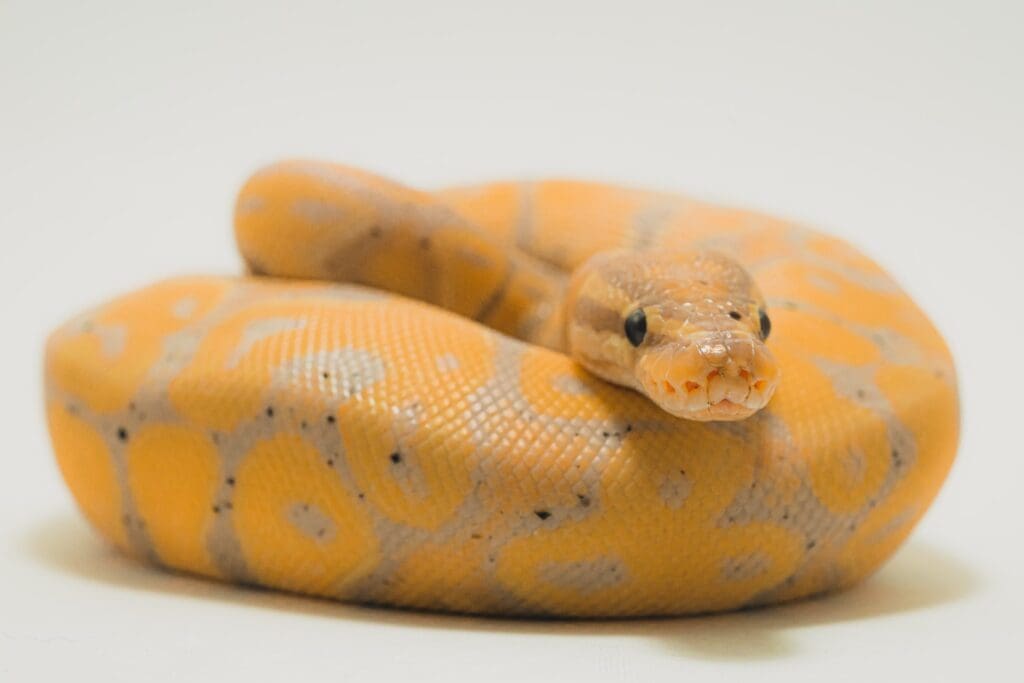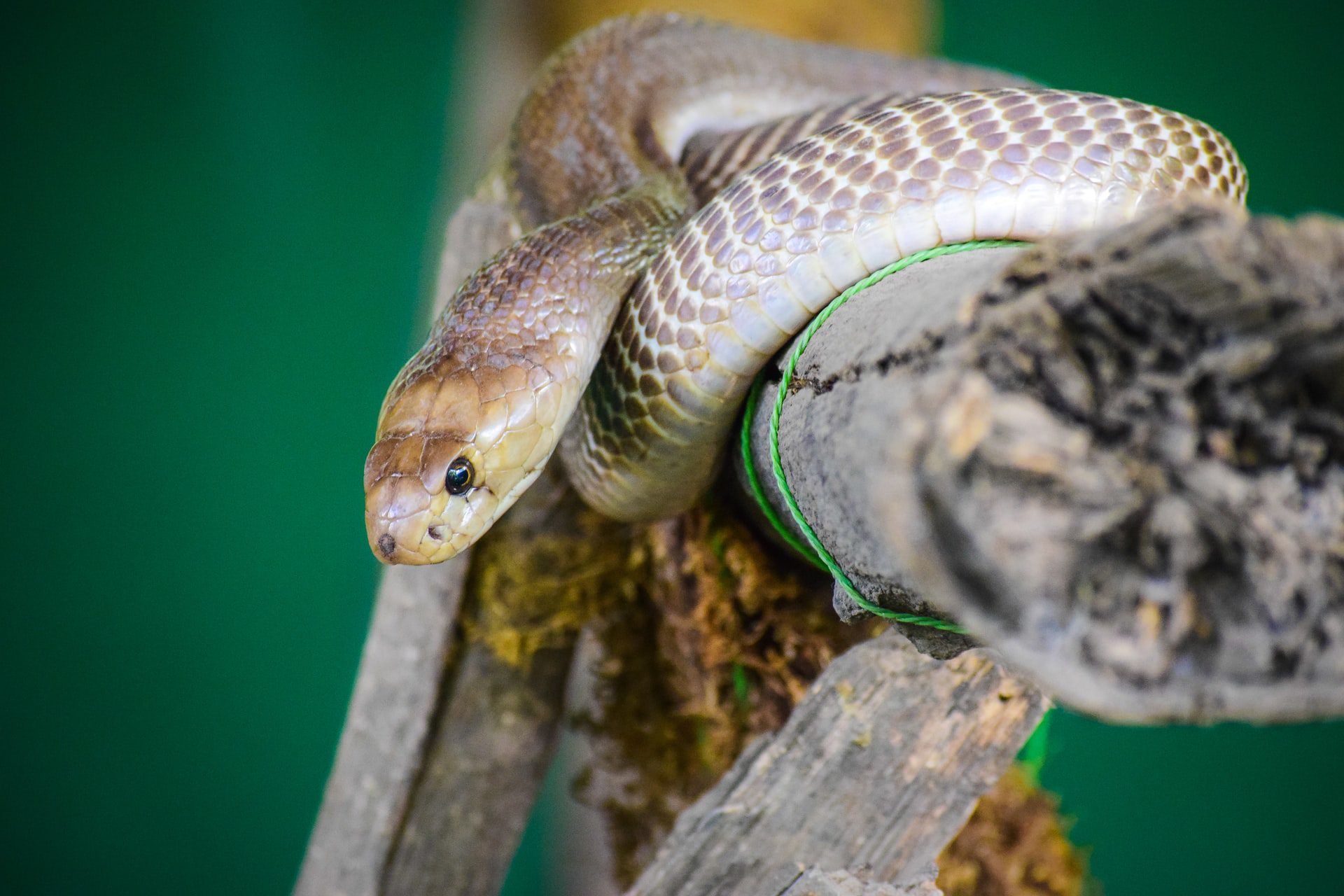Contrary to popular beliefs, snakes are magnificent animals to have around as they are low-maintenance pets. They can be super lovely if you do not get a venomous snake or a giant constrictor. Snakes require very little care, could thrive without so much attention, and they do not need too much food or much space, which makes caring for them more manageable. However, for your snake to thrive around you, it has to be happy and healthy. This article comes with tips on how to make your snake pet happy and keep it healthy.
Table of Contents
How Do I Ensure That My Pet Snake Is Happy And Healthy?
As earlier stated, it is pretty easy to care for a snake as they aren’t as demanding as other pets. Consequently, below are a couple of things you need to do for your pet snake to be happy and healthy.
Create A Conducive Habitat
A snake naturally belongs to the wild, and it is within its characteristics to crawl and climb. Your snake has to feel at home for it to be happy and even healthy. By providing rocks and climbing branches, they feel like they are in their natural habitat as snakes need to climb branches and bask on stones. Since this behavior mimics life in the wild, they are essential to keeping your snake happy and healthy. A lot of people tend to ask, “how do I care for my snake pet effectively?” One of the most effective ways to relax them is by doing this. You can purchase these climbing branches and basking rocks for your snake in most pet stores, or you could even source stones and branches from outside. It is essential to know the type of snake you have as a ground-dwelling snake will need multiple basking rocks and a climbing branch, while a snake known for climbing, such as a corn or milk snake, will need various climbing branches.
Regulate Temperature
It is vital to own a thermometer and hydrometer to keep track of heat and humidity. Every snake breed has a different heat and humidity requirement, so it is important to inquire about the optimal conditions for your snake. Having a thermostat in your home is not enough to determine if it is warm enough for your snake as it is cold-blooded. You will need to place a thermometer and a hydrometer in the terrarium where the snake lives at intervals to ensure optimal conditions for the snake. If the temperature is too low, you may need to heat up the place by adding a heating lamp or a higher watt bulb.
In cases of insufficient humidity, place a wet towel or an additional water cup in the enclosure to increase the humidity or remove water from the chamber to decrease the humidity. It’s a great idea to place a thermometer at every end of the terrarium so that you can keep one end cooler than the other. That way, your snake can crawl to a different side of the terrarium if it’s too hot or cold, depending on which is more convenient for it.

Feed The Snake Properly
It is essential to keep your snake well fed. Naturally, a snake in the wild will hunt for its food and kill it himself. However, you should stock your freezer with “prey items.” While snakes in the wild need to hunt their prey, many snake owners are advised to feed their pets dead rodents. You can purchase dead mice and rats in pet stores that are called “prey items.” Ensure that you have a lot of these stored up in a freezer so that you can feed your snake when needed. Find out what type of food your species of snake enjoys. It is also important to ensure that your snake eats appropriately. If it doesn’t, you should seek medical care.
Get Proper Medical Care
It is important to always take your snake to a veterinarian for any health concerns. You may want to get an initial veterinary check-up for your snake to ensure that it is very healthy and get more information about how to care for your particular breed of snake. If you are ever concerned that your snake might be sick, then the best thing you can do is take it to the veterinarian for a proper check-up. Some of the common signs that your snake might be sick may include:
- It’s lethargic and hiding or burying itself.
- It’s not eating (for weeks or months).
- It has a pink hue on its underside (a sign of sepsis).
- It remains limp rather than curling up when touched.
- It’s not shedding completely.
- It has sunken eyes.
It is important to ensure that your snake pet is happy and in perfect health. Your pet snake is more likely to be easily domesticated and less aggressive if you care for it properly and provide its primary and essential needs. In addition, snakes are adorable and could even be best friends when appropriately treated.
Featured Photo by Prasad Panchakshari on Unsplash




